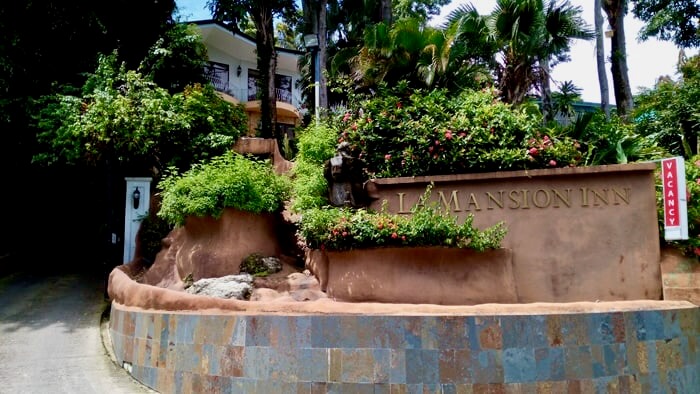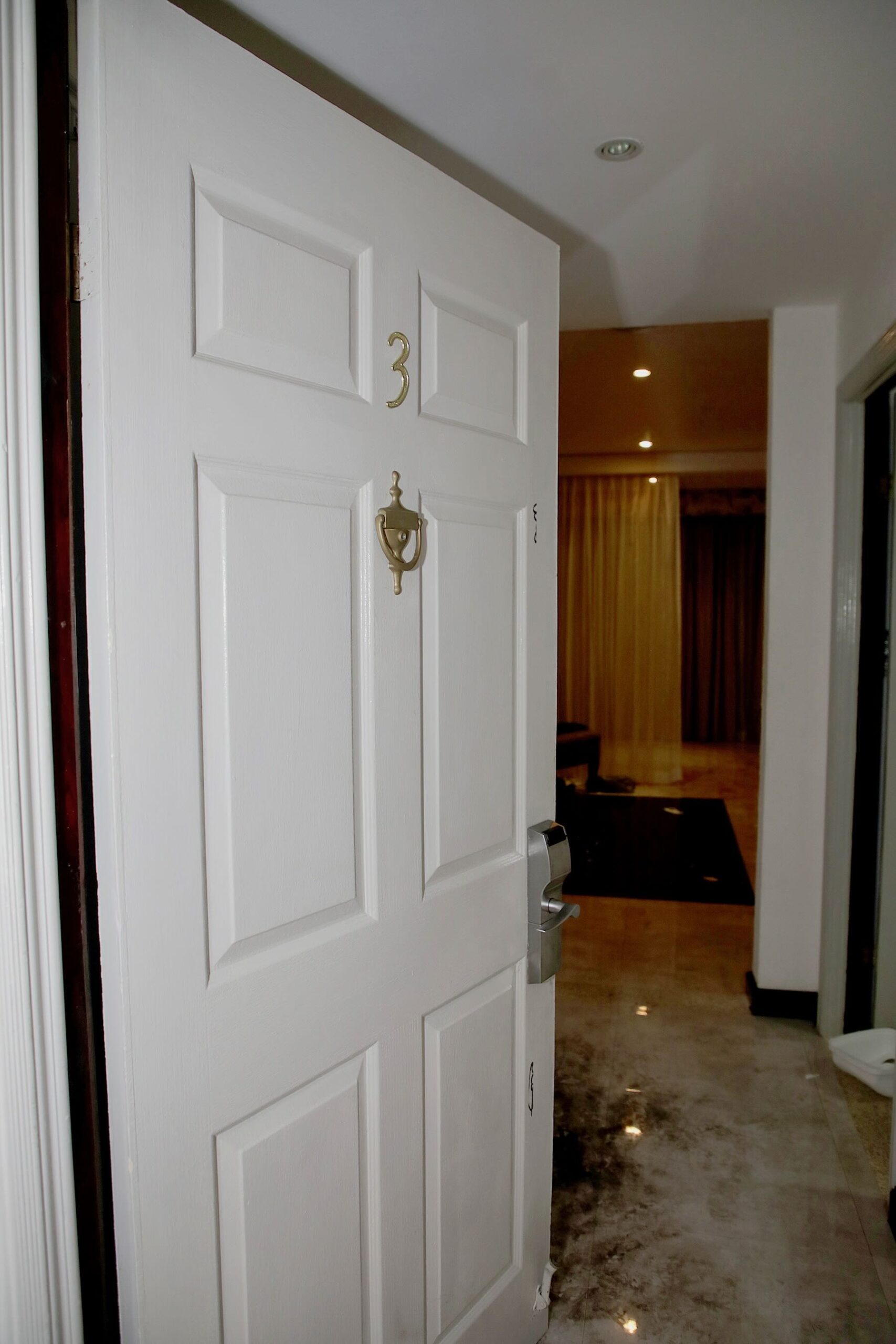A suspect was arrested the same day — an ex-employee of La Mansion named Teodoro Herrera, formerly an exotic dancer at a gay nightclub, who was staying at the hotel for free at the time because he had nowhere else to go. He had blood spatter on his shoes, his watch and his phone, and he had been acting very suspiciously the night before.
But the case took a deeply strange turn when Harry Bodaan, then 69, the distinguished Dutch-American owner of La Mansion and longtime president of the Quepos Chamber of Commerce, was also arrested and charged with Dr. Cedeño’s rape and murder. Harry was a pillar of his community, one of the most prominent foreigners in Costa Rica, never before suspected of any wrongdoing.
A third person was arrested and charged in this crime, an acquaintance of Harry’s named Luis Carlos Miranda who was also staying at the hotel at the time for free in exchange for some marketing work he had offered to do.
What was the evidence presented against Harry and Luis Carlos? There were three injuries on the victim’s body that appeared to be bite marks, and a government odontologist declared that they didn’t appear to match Teodoro’s teeth. When bite molds were taken of the seven people who were in the hotel that night, the tooth doctor said that Harry and Luis Carlos could not be excluded as possible biters.
The three-way murder trial was a national sensation, with the ailing Harry pushed into court every day in a wheelchair, his hands trembling on the armrests from Parkinson’s disease, his legs recovering from a recent double knee replacement. The verdict would lead to profound disappointment for some, and multiple appeals that kept the case alive for years.
Based on an exhaustive review of all evidence in this case, The Murder in Room 3 is the definitive account of a heinous crime that became a legal quagmire. All the relevant facts behind María Luisa Cedeño’s murder are published here for the first time, in both English and Spanish.
Sources include the 614-page trial transcript, which contains the testimony of every witness in the case. This is supplemented by police transcripts of interviews with key participants who did not testify at trial, including two of the defendants.
Friends of Harry’s who are familiar with the case are also interviewed privately, at times revealing information unknown anywhere else.
Dozens of carefully selected crime scene photos are included, providing clues to what really happened in Room 3 that night.
This case has been widely covered by the Costa Rican media, but very little of this material has ever been published before. The Murder in Room 3 lays this case open from beginning to end, allowing the original sources to speak for themselves, and piecing together an inescapable conclusion.

